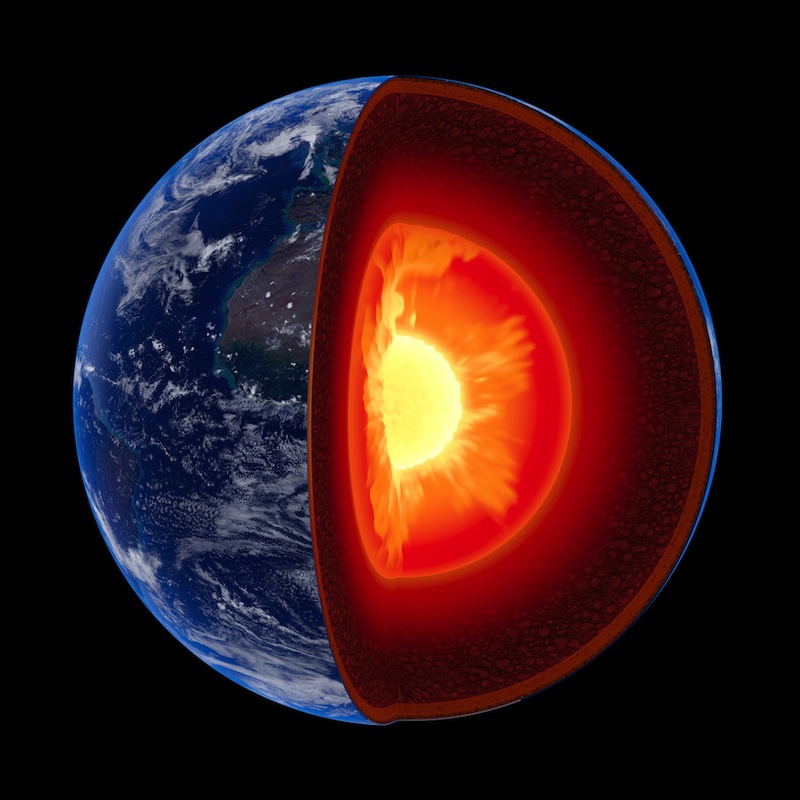Important terms
Hypocenter
The point at which the seismic wave originates is called the hypocenter or focus and is below ground. An earthquake's hypocenter is the position where the strain energy stored in the rock is first released, marking the point where the fault begins to rupture.
Epicenter
The point in the Earth’s surface which corresponds to the focus is called Epicenter. In most cases, it is the area of greatest damage. However, in larger events, the length of the fault rupture is much longer, and damage can be spread across the rupture zone.
Seismic Zones
Most earthquakes occur along the edges of the tectonic plates and around the fault lines – that is along the breaks of the Earth’s Crust. These areas are called Seismic Zones. By breaking a country up into different seismic zones, a nation can identify areas which are at increased risk.
Foreshock
A foreshock is an earthquake that occurs before a larger seismic event and is related to it in both time and space. The designation of an earthquake as foreshock, mainshock or aftershock is only possible after the full sequence of events has happened.
AfterShock
An aftershock is a smaller earthquake that occurs after a previous large earthquake, in the same area of the main shock. If an aftershock is larger than the main shock, the aftershock is redesignated as the main shock and the original main shock is redesignated as a foreshock. Aftershocks are formed as the crust around the displaced fault plane adjusts to the effects of the main shock.

